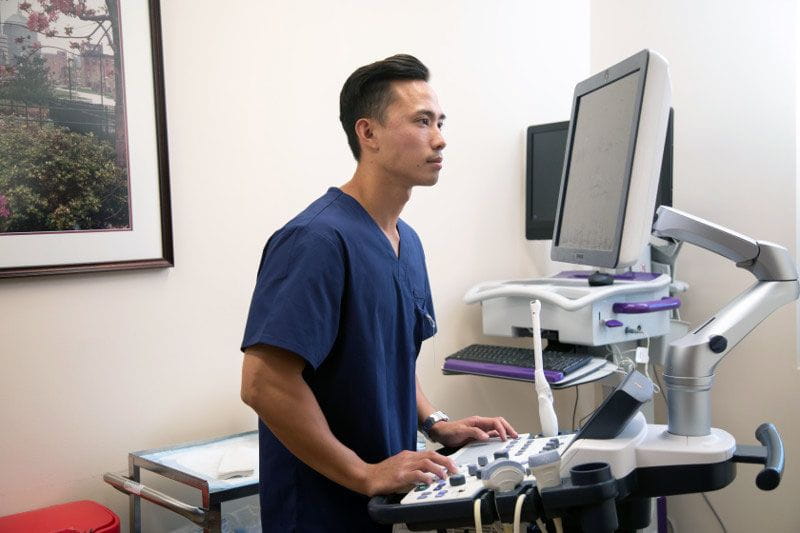What specialties does your healthcare system need to fill?
Whatever they are, chances are you’re not going to find enough candidates that are ready-made to step right in. Demand for healthcare employees is far outpacing supply. With dire shortages in almost every specialty, healthcare is having to move from just hiring for skills, to building them.
That’s certainly the trend we found in a recent study of education benefits. At a time when talent development is gaining ground across industries, data showed healthcare organizations are especially bullish, putting learning programs center stage in their overall strategies aimed at fighting talent shortages.
It makes sense when you consider the numbers. Healthcare is at a crossroads. It’s not just the low unemployment that’s problematic; it’s the perfect storm of fewer employees and greater demand for services. Americans are growing older. Shortages of six-figures and more are expected across specialties and job roles. “The US will need to hire 2.3 million new health care workers by 2025,” wrote CNN, “in order to adequately take care of its aging population.” That’s a lot of people to find. And it will take more than traditional recruitment to fill.
Just how dedicated healthcare is to development can be gleaned from the data. A key finding from our study was the number of healthcare providers embracing so-called “re-recruiting” as a hiring strategy, aggressively mining existing employees by putting tuition assistance under talent management – and doing so at twice the rate of other industries. In a field where keeping up skills is essential, they’re also blazing a trail in the area of non-degrees, folding certifications, certificates, and GED’s into tuition programs at higher rates than other industries.
For providers, there’s more than just recruitment at stake. Healthcare employers don’t need just to find employees – they’re competing to retain them as well. That’s difficult for hospitals vying with neighbors in heavily concentrated medical centers. “We’re in a very competitive market,” one client told us. “Employees can walk across the street and get another job very quickly. So we need to make sure we’re offering rich benefits that our employees will value.” Development’s place atop many employees’ wish lists gives such programs twice the power (skills and increasing retention), with one hospital’s tuition program achieving a 97 percent retention rate among enrolled nurses -- a dramatic win when you consider the shortage of nurses is expected to be in the tens of thousands.
Practical development success stories can be found everywhere. One shows hospitals in Chicago teaming with colleges to create career tracks for medical assistants; another has providers in the Midwest tapping displaced manufacturing employees to train for badly needed tech roles. These programs are more than just robust, but also smart and strategic-- fully cognizant of needed skills and finely tuned to meet them. “We now pay more for degrees where there are predicted shortages,” says one employer that’s successfully moved the dial on a key nursing position. “This ensures that our employees and our tuition dollars are focused where the needs of the organization are.”
The above hospital also made the smart move to improve reporting – another feature shared by the most successful programs in our study. “We are now able to see when people are graduating, and with what degrees to help them better plan their next steps within the organization,” the employer told us.
“Many other high demand degrees have now seen an uptick in employees pursuing them, ensuring our talent will be there as we need it going forward.”





